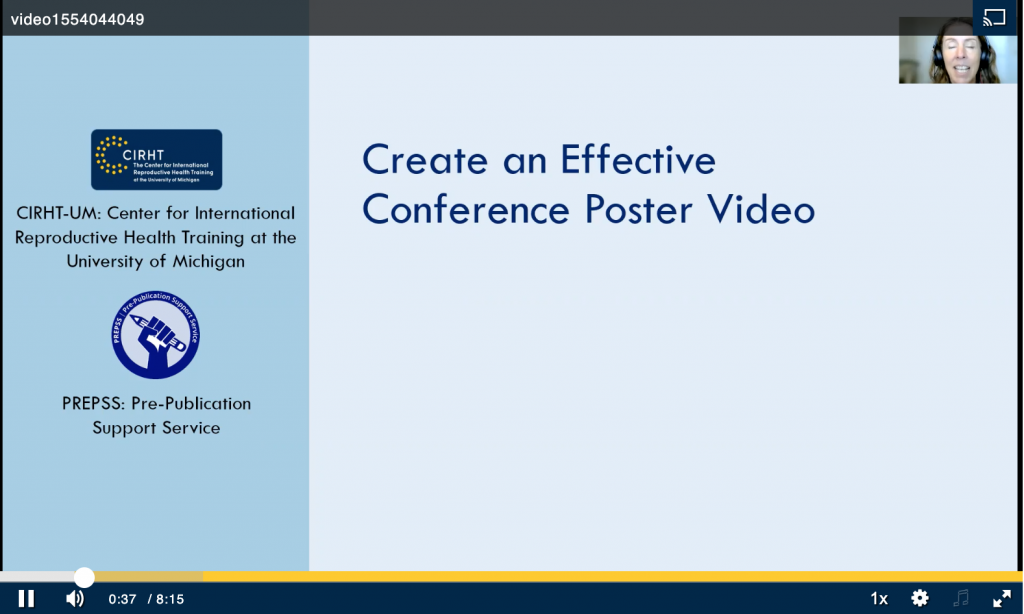Determinants of Long Acting Reversible Contraception Utilization in Northwest Ethiopia

DOI: 10.1002/ijgo.12582 FCS519
Kiros Terefe Gashaye
University of Gondar, Gondar, Ethiopia
Objectives: In Ethiopia only 10% of modern contraceptive utilization is covered by long acting reversible contraceptive methods and the reason for the low uptake of LARCs is not well known in the study area. Therefore, this study aimed to identify the determinants of long acting reversible contraceptive utilization among modern contraceptive users in Northwest Ethiopia.
Method: A facility based unmatched case control study was conducted to identify determinants of LARC utilization among family planning users at public health institutions in Northwest Ethiopia. A systematic random sampling technique was used to select a total of 1167 study participant with a case to control ratio of one to two. A standardized questionnaire was used to collect the data. Data were entered using EPI INFO 7 and exported to STATA 12 for further analysis. Binary logistic regression analysis was used to identify determinants of LARC utilization.
Results: Wealth status (AOR 1.9, 95% CI (1.1, 3.2)), history of abortion (AOR 2.7, 95% CI (1.4, 5.1)), limiting family size (AOR 2.4, 95% CI (1.01, 5.6)), knowledge about LARCs (AOR 2.5, 95% CI (1.2, 5.4), method convenience (AOR 0.2, 95% CI (0.2, 0.3)), method reversibility (AOR 1.5, 95% CI (1.0, 2.2)), easily availability of method (AOR 0.1 (0.05, 0.2)), short visiting time (AOR 2.9, 95% CI (1.9, 4.6)), influence of health care providers (AOR 16.7, 95% CI (3.3, 34.9)), partner approval (AOR 0.7, 95% CI (0.5, 0.9)), attitude to LARCs (AOR 13.0, 95% CI (8.6, 19.7) had statistically significant association with LARC utilization.
Conclusions: This study revealed that income, having history of abortion, want to limit their family size, knowledge about LARCs, short visiting time, reversibility of the method, influence of health professionals and good attitude towards LARC were positive determinants of LARCs utilization while husband/partner approval, easily availability of the method of choice and convenience of the method of choice were negative determinants. Empowering women and increasing partner involvement in reproductive health could improve LARC utilization.







